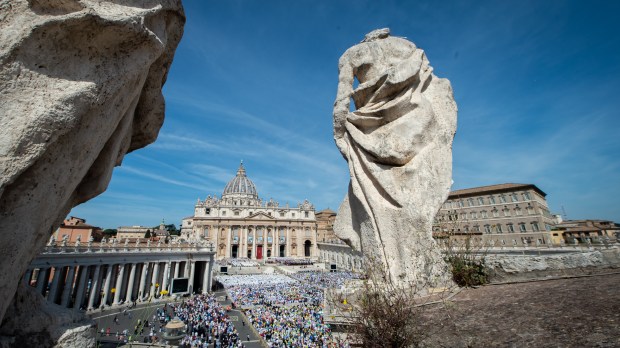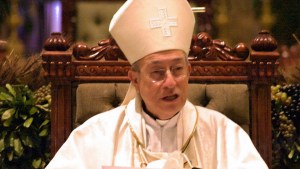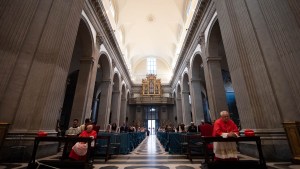Published on March 19, 2022, and coming into force on June 5, 2022, the Apostolic Constitution Praedicate Evangelium changes the organization of the Vatican offices that assist the Pope in running the Church. It incorporates many of the changes made by Pope Francis already through separate decrees (via Motu proprio) in recent years, but also proposes several significant new features.
I. Changes in the General Structure of the Curia
Secretariat of State
The pre-eminent position of the Secretariat of State – since the constitution Regimini Ecclesiae universae (1967) – is reduced to that of a simple “Papal Secretariat” in article 44. It is placed on an equal footing with all the other dicasteries and organizations of the Curia in Article 12.
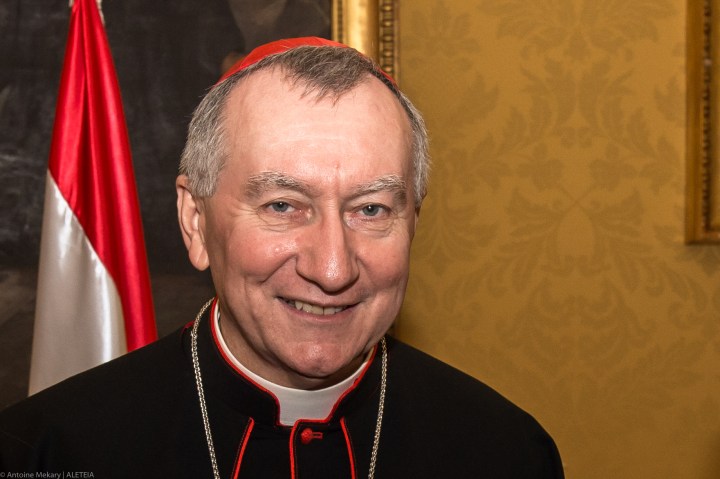
The Secretariat of State formally incorporates the creation of a third section in charge of diplomatic personnel. It loses most of its economic functions, as foreseen by the Motu proprio of December 26, 2020. It no longer deals with the management of the Curia’s personnel, as this competence is now assumed by the Secretariat for the Economy.
Dicasteries
From now on, there are no longer “congregations” or “pontifical councils” but only “dicasteries.”
The Congregation for the Evangelization of Peoples becomes the Dicastery for Evangelization, absorbing the Pontifical Council for the New Evangelization. This “super-dicastery,” directed in person by the Supreme Pontiff, has two sections headed by pro-prefects: one for “fundamental questions of the evangelization of the world,” another for “First Evangelization and the new particular Churches.”
The Congregation for the Doctrine of the Faith becomes the Dicastery for the Doctrine of the Faith. As foreseen by the Motu proprio of February 11, 2022, it now has two autonomous sections: a doctrinal section and a disciplinary section. The Pontifical Commission for the Protection of Minors, founded by chirograph in 2014, is integrated into the Dicastery for the Doctrine of the Faith.
The Apostolic Chaplaincy becomes a dicastery under the name Dicastery of Charity and keeps its mission intact. Its prefect is the Apostolic Chaplain.
These three dicasteries – evangelization, faith, charity – represent a “triad,” explained Cardinal Marcello Semeraro, who worked on the text for several years as secretary of the Council of Cardinals. But all the dicasteries are juridically equal.
The Congregation for Catholic Education merges with the Pontifical Council for Culture and becomes the Dicastery for Culture and Education. It is divided into two sections: one for culture and one for education.
The Dicastery for the Clergy will now have jurisdiction over personal prelatures, such as Opus Dei, which previously fell under the Congregation for Bishops. For priest-canonist Gianfranco Ghirlanda, this decision brings “consistency” because this structure has a “clerical” character in the Code of Canon Law.
The statutes of the three “super-dicasteries” created by Pope Francis – that of Communication in 2015, that of Laity, Family and Life in 2016, and that of Service of Integral Human Development in 2016 – are incorporated into the new constitution.
Offices
There are now three offices: the Prefecture of the Papal Household, the Office for Liturgical Celebrations, and the Camerlengo of the Holy Roman Church (which replaces the “Apostolic Chamber”). The Sistine Chapel Choir has been inserted into the Office of Celebrations, a novelty that dates back to January 2019 and which is taken into account here.
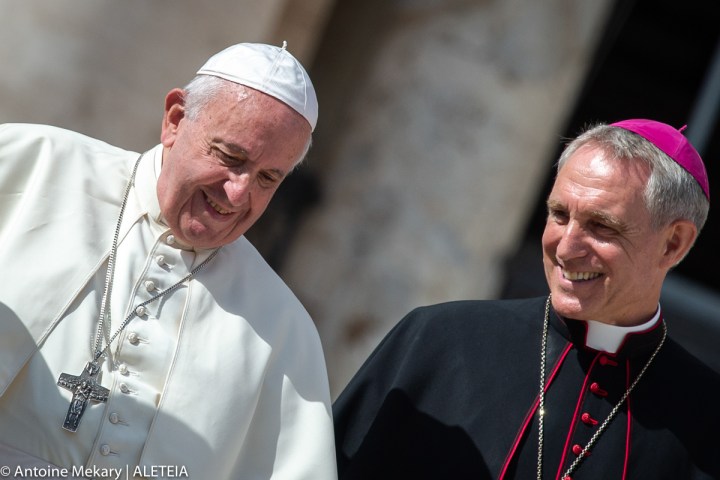
II. A new economic organization
One of the major novelties of the constitution concerns the economic bodies, which are the subject of a separate section. Five new bodies are formally included in the constitution: the Council for the Economy (created in 2015), the Secretariat for the Economy (2014), the Office of the Auditor General (2015), the Commission for Reserved Matters (2020) and the Committee for Investments.
Only the last entity is new: It had been announced but not formally constituted. In its 2020 report published in July 2021, the Administration of the Patrimony of the Apostolic See (APSA) mentioned this committee, which would have the function of overseeing the Vatican’s real estate investments. The body, the constitution states, must “guarantee the ethical nature” of these investments as well as “their profitability, appropriateness and level of risk.”
Article 219 of the new constitution removes from APSA all competence in financial operations. These are now entrusted to the Institute for the Works of Religion (IOR), which thus becomes the sole Vatican bank.
Another novelty: the Secretariat for the Economy is presented as the “papal secretariat for economic and financial matters.” It has the right to control Peter’s Pence and other papal funds.
In presenting the Constitution to the press, Archbishop Marco Mellino, secretary of the Council of Cardinals, emphasized that all the existing economic structures of the Curia were created by Francis, with the exception of the APSA, which he largely reformed.
III. 5-year terms and openness to laity and to women
Article 14 generalizes the five-year mission – renewable only once – for all officials of the Curia. Article 17 confirms it for all prefects or their equivalents, members, secretaries, undersecretaries, and other major officials. But among the latter, only clerics and religious are concerned; the laity are not subject to this five-year rule.
This article of the constitution also insists on the need for members of the Curia to “return to pastoral work in their dioceses/parishes, or in the Institutes or Societies to which they belong” at the end of their mission. This notion of pastoral work is particularly emphasized in the general norms of the new Constitution.
A 5-year term is intended to avoid careerism within the Curia and the creation of “centers of power” in the hands of the same people, as explained by the priest canonist Gianfranco Ghirlanda. On the other hand, he said, if the employee is competent and does not seek his own interests, the renewal of his five-year contract is possible without limit of occurrence.
All governance positions in the Roman Curia are now open to lay people and women, Pope Francis states in point number 5 of the preamble. An opening that, if it does not exclude them from power as Pastor Bonus did, does not become “automatic,” said Cardinal Marcello Semeraro. “It depends on the competence of the dicastery,” he said, calling on “common sense.”
The Supreme Tribunal of the Apostolic Signatura is open only to cardinals, bishops and priests, who are appointed directly by the pope. There is no similar clarification for the other two tribunals of the Curia – the Roman Rota and the Apostolic Penitentiary.
It should be noted that the Synod of Bishops, which is not part of the Roman Curia, is referred to now simply as Synod and no longer as Synod of Bishops. The secretary of the Council of Cardinals, Archbishop Marco Mellino, confirmed that the opening of the Curia to the laity would also lead to a reflection in this sense within the structure of the Synod.
IV. Some changes in the case of a “Sede Vacante”
In the case of a conclave and a Sede Vacante situation (after a pope has died or retired), one change should be noted. The camerlengo, the cardinal who administers the state in the absence of the pope – currently Cardinal Kevin Farrell – will be assisted by three cardinals. One of them is the president of the Council for the Economy, who has technical knowledge of Vatican administration.
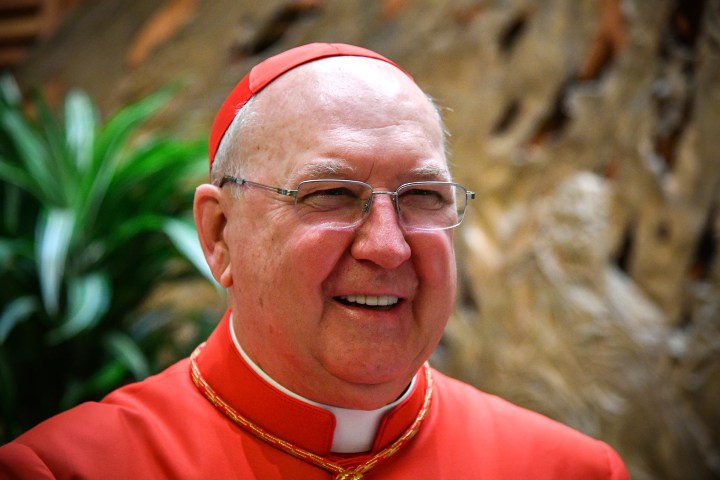
This position will thus be de facto reserved for a cardinal, unlike the Dicasteries where the offices of high officials no longer have a cardinal character – including the Secretariat of State.
V. Decentralization and synodality
The text creates a legal framework for cooperation between the dicasteries of the Curia in matters that involve more than one competence and that must be examined “jointly,” reads article 28. An interdicasterial commission may even be created in cases that require “frequent” mutual consultation. The next article states that this includes reaching agreement on the documents to be submitted to the pope. Review by the Secretariat of State is required only for documents that deal with relations with States.
Similarly, the offices of the Curia are invited to collaborate with the General Secretariat of the Synod (33) or to cooperate with the particular Churches. The new Constitution stresses the importance of ad limina visits of the Bishops of the world in order to strengthen the bonds within the hierarchy and the unity of the College of Bishops (Article 39).
The new Constitution is less vertical and more interactive: While Vatican officials are invited to give advice to the bishops, they should also welcome suggestions from the bishops in order to offer “an ever more effective service” (Article 42).
The last innovation is the integration, for the first time, of relations with regional and continental episcopal conferences into the functioning of the Curia. The Constitution declares that they are “of great pastoral utility and express the affective and effective communion between the Bishops.” The text insists on the importance of greater collaboration with them: “the Roman Curia is not situated between the Pope and the bishops” but “places itself at the service of both, according to the nature of each.”
